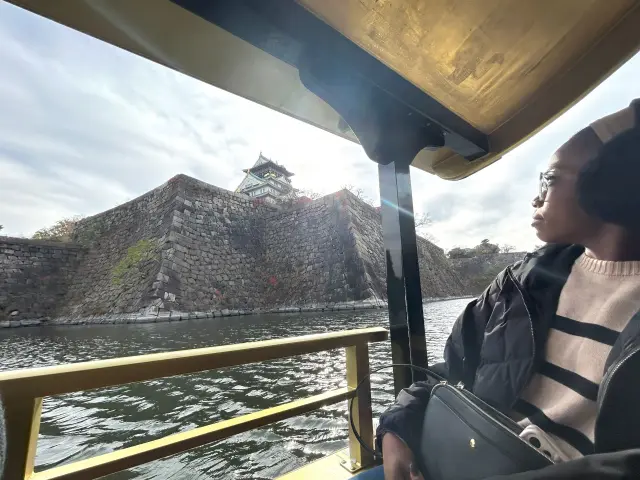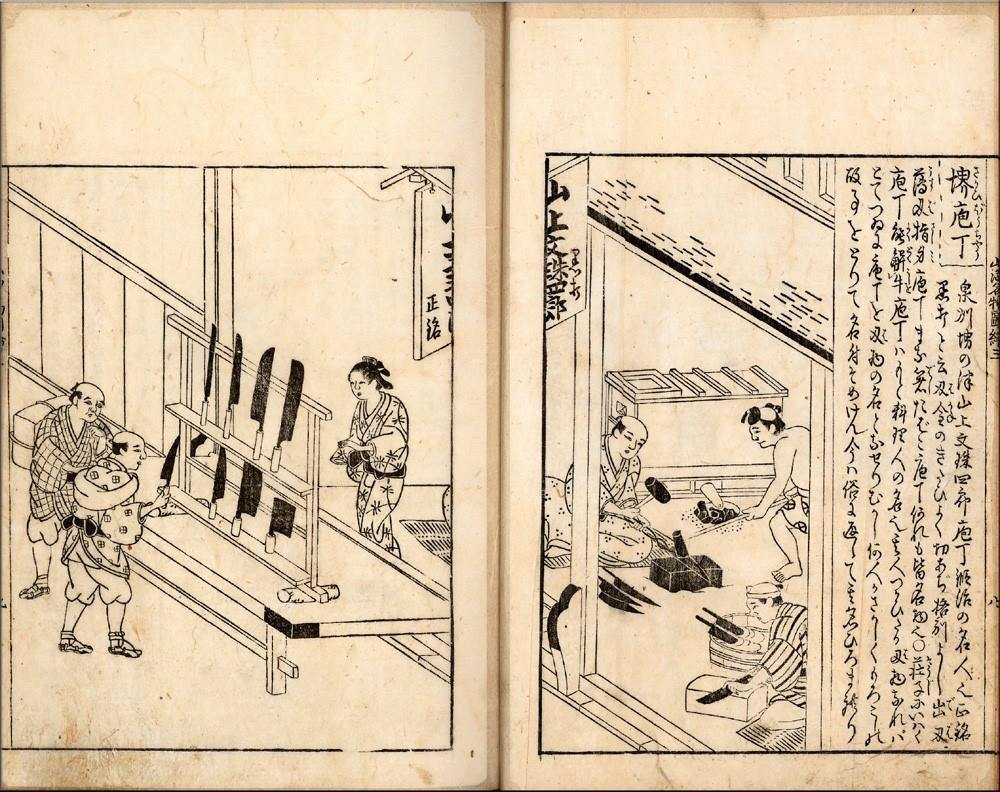
Appeal of World Renowned Sakai Knives
Last update
Sakai is one of the three great knife and bladed tool producing regions in Japan. The knives individually hand-forged by craftspeople are particularly famous, boasting a domestic share for use by professional chefs of 98%. Their incredible cutting edge, coupled with the massive boom of Japanese cuisine, makes them the focus of attention even for the chefs from around the world are now also taking notice of these special blades.
[History] ~ A massive modern industry with roots that reach back to ancient times ~
The knife industry in Sakai boasts a history of more than 600 years. Its beginnings lie in the 15th century, when a group of knife blacksmiths descended from swordsmiths moved from Kaga Province (modern day Ishikawa Prefecture) to Sakai. However, the foundations of the industry can be found back in the 5th century, nurtured by the construction of the largest burial mound in Japan, the Nintoku-Tenno-Ryo Tumulus. A group of craftspeople making iron tools such as hoes and plows took up residence in Sakai and further expanded forging technology.
The opportunity to greatly expand production came in the 16th century. When guns and tobacco arrived in Japan from Portugal, Sakai flourished in the production of guns making use of knife forging techniques and tobacco knives used to cut up tobacco leaves. The sharp tobacco knives were particularly prosperous, even going so far to achieve a monopoly during the Edo shogunate (the samurai government during the 17th - 19th centuries). During the Genroku era (end of the 17th century), the single-edged style knives that remains a characteristic of Sakai knives was born in Sakai. These traditions have been passed down to the present day, with the domestic share for Sakai knives used by professional chefs standing at an incredible 98%.

An 18th century book introducing Japanese specialties also introduces Sakai as an excellent producer of knives. Extract from “Nihon Sankai Meibutsu Zue” (Illustrated Famous Products of the Mountains and Seas of Japan) (Published 1797, author Tessai Hirase, artist Mitsunobu Hasegawa).
[Characteristics] ~ Sakai hand-forged Knives, born from the techniques of Sakai masters and Japanese culinary culture ~
There are two kinds of knives - those that are hand-forged by craftspeople, and those that are mechanically produced by punching out the shapes using a molds. Sakai has grown to excel at the former of these two. A technique called “forging” is used, in which the soft iron or steel from which the knife will be made is heated until it becomes red hot and then beaten and stretched out using a tool such as hammer etc. This beating process increases the density of the interior of the metal, heightening its strength and toughness to produce the ultimate cutting edge, durability, and incredible beauty.
Hand-forged knives are in principle the same as Japanese swords, with a single-edge. This is considerably rare, with double-edged being the norm around the world, and the blades have an acute angle and incredible cutting edge. The cut plane of the ingredients is also beautiful and smooth. These knives can cut even extremely soft ingredients such as sashimi without damaging their fibers or cell membranes, which help to retain the umami of the ingredients while also preserving their texture. The fact that the blade easily moves away from the cut ingredients is also very functional. Japan is a country in which culinary culture has developed centered in fish and vegetables rather than meat. The unique shape of these knives has surely developed in order to allow such fresh ingredients to be eaten without damaging their flavor. The hand-forged knives of Sakai are currently a Minister of Economy, Trade and Industry designated “traditional craft.”
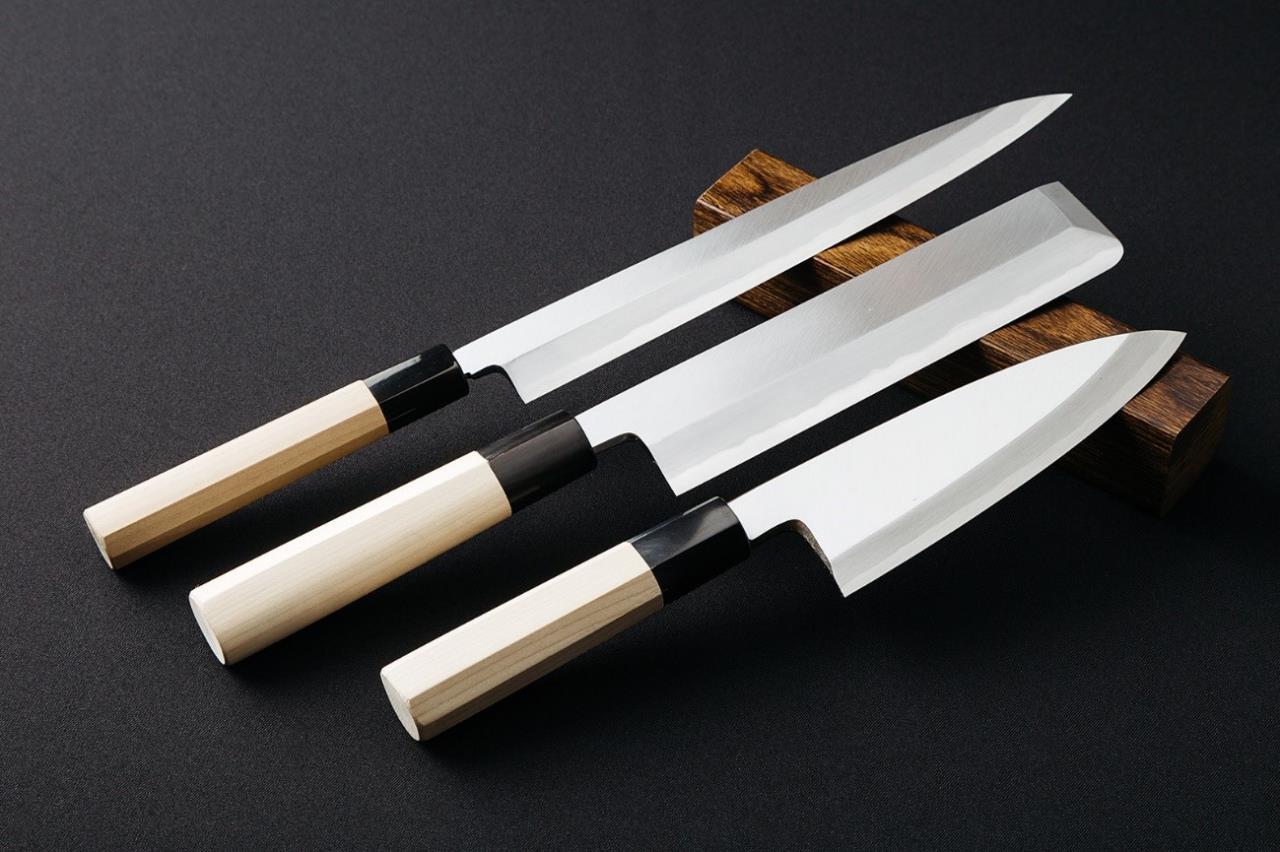

Check also...

Consider your accommodation in the Kansai area!

Restrictions on Large Baggage

Hidden Stories in Stone: Exploring Japan’s Castle Walls

Feel Like a Lord: Castle with Stunning Panorama Views

Experience the True Essence of Japan through Castles, Cultural Treasures, and Timeless Gardens
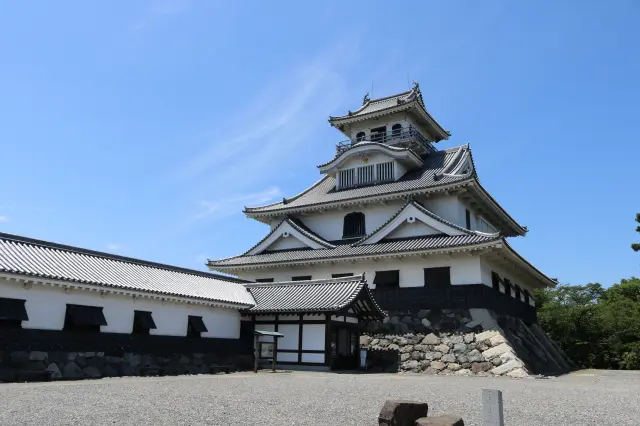
Castles of Toyotomi Hideyoshi
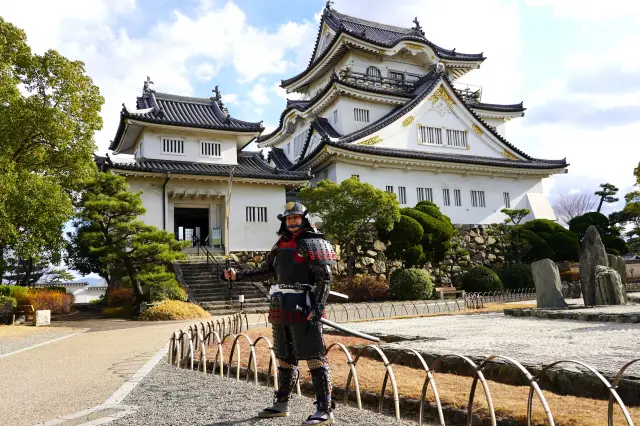
Exploring the Roots of Festivals: A Journey of Understanding Local Bonds and the Preservation of Culture
